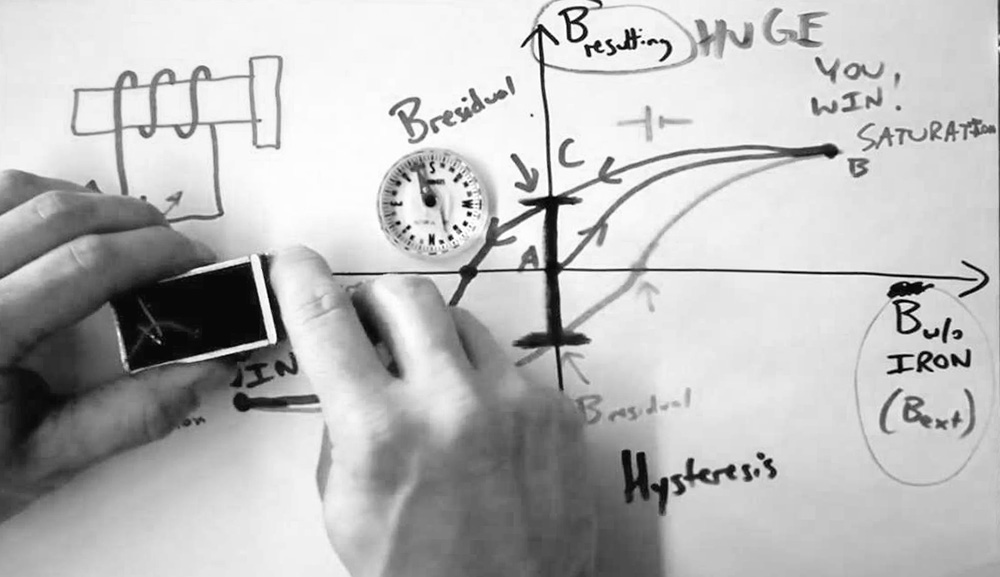What
is hysteresis?
To clarify what
hysteresis is, we must first look at the term itself. The hysteresis comes from
the Greek histeros (ὕστερος),
which can be translated as "posterior". Hysteresis is translated into
German as "aftereffect".
This is exactly
what hysteresis is all about. Therefore, a general definition of the term is:
"It is the tendency of a material to
retain one of its properties, in the absence of the stimulus that has generated
it".
Consequently,
the principle of hysteresis can be applied to a wide variety of areas, from
electronic phenomena to economic phenomena and ferromagnetism.
What is magnetic product hysteresis?
Ferromagnetic
materials can be magnetically charged by external magnetic fields. This
magnetisation increases much faster than it decreases when the external
magnetic field is switched off again.
It is precisely
this effect that we owe to hysteresis,
which is measured by the hysteresis curve. The magnetic force that remains when
the external magnetic field is completely off is what we call remanence.
Let's look at an
example of a non-magnetized ferromagnetic material.
For example,
through an electric coil, we can magnetize this material. The external magnetic
field is denoted (H) and the resulting magnetic field inside is the magnetic flux density (B). Here
we are dealing with two variables, the magnetic field strength (H) and the
magnetic flux density (B), with hysteresis being the relationship between the
two.
If both values
were previously at zero, i.e. the coil has not yet been electrified and the
material to be magnetized does not yet have its own magnetic energy, a
hysteresis curve is formed, which we call the new curve. As the magnetic field
strength (H) gradually increases, the magnetic flux density (B) slowly
increases at first and eventually reaches a saturation point. Even if (H)
increases more, (B) will not increase more.
Consequently,
the external magnetic field can be deactivated again and the intensity of the
newly created magnetic field will not decrease with the same speed, but only
gradually, since we are now talking about the remanence of the material to be
magnetized.
Now there are
different hysteresis curves: the soft one and the hard one. Soft magnets have
narrower curves, smaller remanence and coercive field forces. In contrast, with
hard magnets we can observe wider curves, as well as higher remanence values
and coercive field forces.
The topic of
hysteresis is extensive and can be seen from both the physical and mathematical
sides. In this article, however, we initially wanted to clarify the basic
principle and general definition of hysteresis. If you have further questions,
you can contact us at any time and our experts will be happy to help you.










